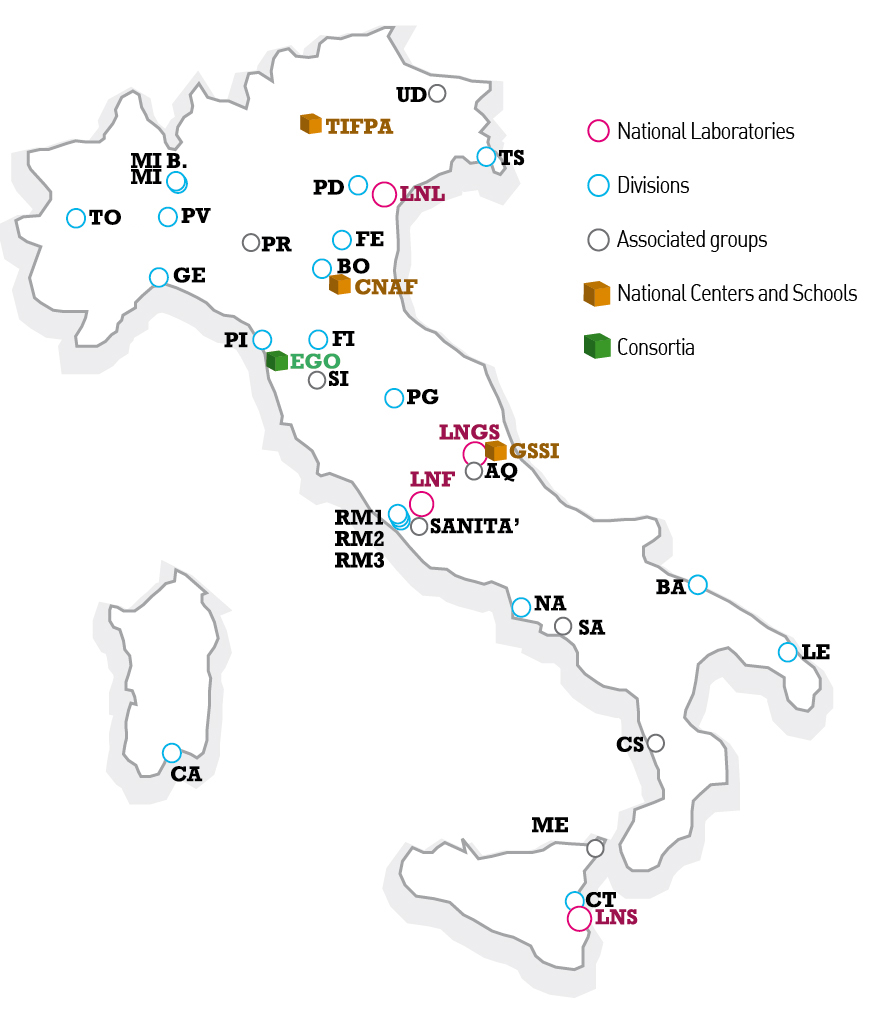Abstract
The research project is mainly focused to develop techniques for high-precision computations in Quantum Field Theory and to apply them to particle-physics phenomenology at present and future colliders. The overarching goal of our research is to provide the most accurate predictions in the Standard Model (and beyond) to be compared with experimental data. In addition, topics related to more fundamental aspects of QFT, that might have phenomenological implications, might be addressed. Our research will contribute to answer to the open questions inherent to both the Standard Model (SM) of fundamental interactions (the strong and the electroweak sec- tor) and Beyond SM (New) Physics scenarios, by leveraging on the comparison of precision theoretical predictions with the measurements performed at LHC and/or at future colliders.
To this aim we plan to:
-
contribute to the development of new Monte Carlo fixed-order and parton-shower generators with the goal to reach next-to-next-to-leading order (NNLO) accuracy in QCD and next-to- leading order (NLO) accuracy in QCD+electroweak (EW) for SM processes. By studying the effects of EFT operators and BSM terms, these tools will be applied to predict relevant ob- servables with very high precision, in order to search for deviations with respect to the Stan- dard Model predictions and have hints of signals of new physics.
-
Study theoretical as well as phenomenological aspects of effective field theory (EFT) approaches to SM physics and for constraining new physics in the context of the SMEFT.
-
Develop theoretical methods for fixed-order computations and resummation techniques at higher perturbative orders (multi-loop scattering amplitudes, N3LO QCD and N3LL resum- mation).
-
Employ Quantum Information Observables to improve and complement the analysis carried on with traditional approaches
-
Improve the techniques and methods to study the High Energy (HE) limit (Regge limit) of hadronic scattering processes and apply them to collider measurements.
-
Explore also the non-perturbative domain of phenomenologically relevant QFTs (such as SM and strongly interacting new physics scenarios) by extending previous approaches and by employing newly developed Renormalisation-Group methods.
